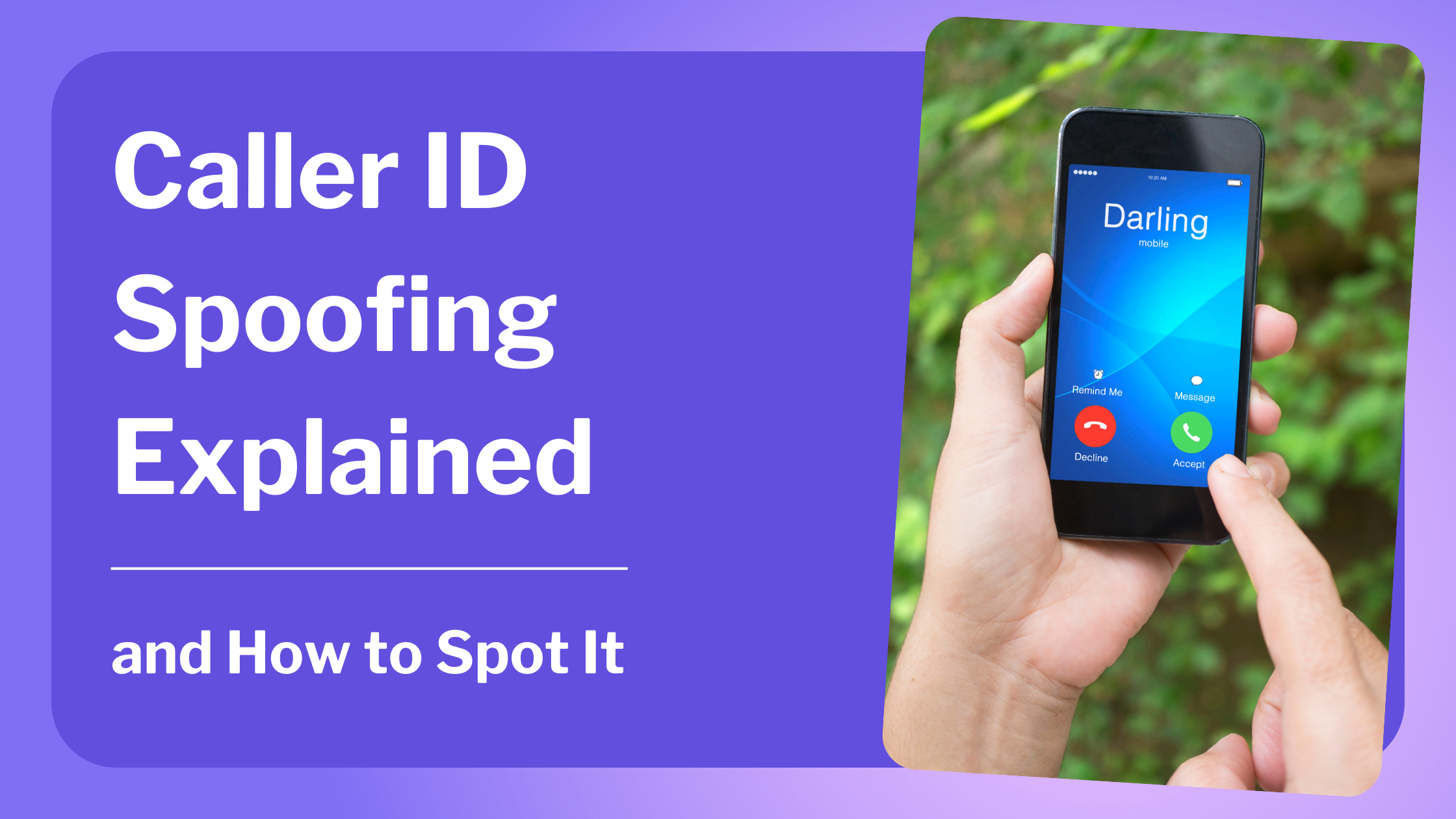
Published 09/18/25
When Caller ID Can’t Be Trusted
You see a call coming in from your bank, your local area code, or maybe even your own number. You pick up—only to realize it’s a scam.
That’s caller ID spoofing. It’s one of the most common tricks scammers use today, and it works because it makes you doubt your instincts. Let’s break down what spoofing really is, why it’s so dangerous, and how to spot it before you answer.
What Is Caller ID Spoofing?
Spoofing is when a caller fakes the number that appears on your screen. Instead of their real number, they display one they want you to see.
This can make a scam call look like:
A local area code (to make you pick up)
A trusted institution (banks, delivery services, government)
Your own number (to confuse or alarm you)
The goal? To get you to trust the call—and answer.
Why Do Scammers Use Spoofing?
Credibility – You’re more likely to answer if the number looks familiar.
Evasion – Spoofing makes it harder to block them.
Manipulation – Trust in caller ID can lower your guard, making you more likely to share info.
How to Spot a Spoofed Call
Even though spoofing is designed to trick you, there are red flags you can watch for:
Mismatch in urgency vs. context: A bank “fraud alert” demanding immediate action but not matching your actual account activity.
Requests for sensitive info: Legitimate companies won’t ask for PINs, Social Security numbers, or full passwords over the phone.
Generic greetings: Instead of your name, they say “Dear customer” or avoid identifying details.
Too local, too often: Multiple calls from numbers that look like neighbors or local businesses.
 If it feels off, trust your instincts. Spoofers thrive on doubt.
If it feels off, trust your instincts. Spoofers thrive on doubt.
Why Spoofing Is Dangerous
Financial risk – Trick you into handing over money or account access.
Identity theft – Collecting enough personal info to impersonate you elsewhere.
Emotional manipulation – Fear-based scams (IRS, police, legal threats) are common.
How to Protect Yourself from Spoofed Calls
Don’t Rely on Caller ID Alone
If a call claims to be urgent, hang up and call the official number yourself.Silence Unknowns
Reduce exposure by silencing calls that aren’t in your contacts.Unmask with iCaughtYou
Spoofed calls rely on deception. iCaughtYou helps cut through it by:
Unmasking hidden and blocked numbers
Blacklisting offenders permanently
Recording calls for proof if you need to report them
With clarity, spoofing loses its power.
Bottom Line: Caller ID Isn’t Always the Truth
Spoofing makes calls look safe when they’re anything but. By learning the signs and using tools like iCaughtYou, you don’t just avoid the scam—you see it coming.
Stop Spoofed Calls Today
Take the mask off fake caller IDs. Unmask and protect with iCaughtYou
Unmask and protect with iCaughtYou
Further Reading
The Truth About Private Numbers – iCaughtYou Blog